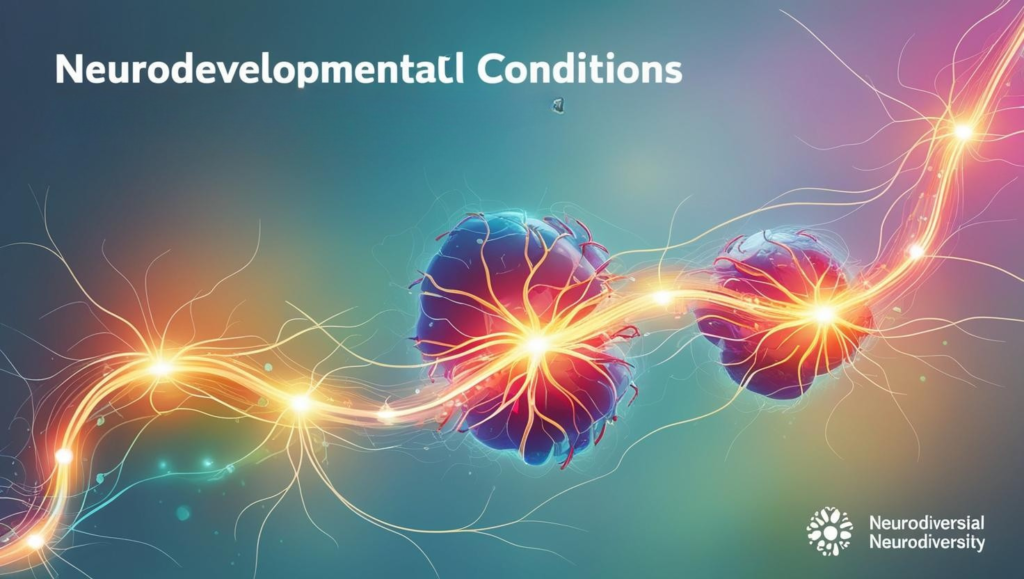Emerging evidence underscores the critical role of maternal behavior, stress physiology, and nutritional status during gestation in shaping fetal neurodevelopment. This analysis examines the neurobiological and epigenetic mechanisms through which prenatal maternal factors influence structural and functional brain development, with implications for long-term cognitive, emotional, and behavioral outcomes.
1. Prenatal Stress and Hypothalamic-Pituitary-Adrenal (HPA) Axis Programming
1.1 Cortisol Transplacental Transfer
Maternal glucocorticoids, including cortisol, cross the placental barrier via 11β-hydroxysteroid dehydrogenase type 2 (11β-HSD2) enzyme modulation. Chronic maternal stress disrupts HPA axis homeostasis, leading to fetal overexposure to cortisol. Elevated fetal cortisol levels correlate with hypertrophy of the amygdala, a limbic structure integral to fear conditioning and emotional processing (Smith et al., 2020).
1.2 Amygdalar Hyperactivation
Prenatal glucocorticoid excess promotes dendritic arborization and synaptic density in the basolateral amygdala (BLA), resulting in hyperreactivity to stressors. Longitudinal studies associate this phenotype with increased incidence of anxiety disorders (OR: 2.1) and impaired fear extinction in offspring (Davis & Sandman, 2012).
1.3 Prefrontal Cortex (PFC) Attenuation
Chronic prenatal stress reduces neurogenesis and dendritic complexity in the dorsolateral prefrontal cortex (dlPFC), a region governing executive function. Animal models demonstrate decreased glutamatergic signaling and disrupted GABAergic interneuron migration, contributing to deficits in working memory and impulse control (Buss et al., 2017).
2. Maternal Nutrition and Neurodevelopmental Trajectories
2.1 Omega-3 Fatty Acids and Synaptogenesis
Docosahexaenoic acid (DHA), a long-chain polyunsaturated fatty acid (LC-PUFA), comprises 30–40% of neuronal membrane phospholipids. Maternal DHA sufficiency enhances synaptic plasticity via upregulation of brain-derived neurotrophic factor (BDNF) and NMDA receptor expression. Deficiency, however, impairs hippocampal neurogenesis and oligodendrocyte maturation, elevating risks for ASD-like phenotypes (Lauritzen et al., 2016).
2.2 Micronutrient Deficits and Epigenetic Dysregulation
Folate and choline act as methyl donors for DNA methylation, a process critical for neural tube closure and cortical layering. Maternal folate deficiency (<400 μg/day) disrupts methylation of Reelin (RELN) and SHANK3 genes, implicated in synaptic scaffolding and autism spectrum disorders (ASD) (Wang et al., 2018).
2.3 Processed Foods and Neuroinflammation
High maternal intake of advanced glycation end products (AGEs) and trans-fatty acids induces microglial activation and IL-6/IL-1β overexpression. Prolonged neuroinflammation during gestation alters blood-brain barrier (BBB) permeability, potentiating white matter abnormalities and ADHD risk (Bilbo & Tsang, 2010).
3. Epigenetic Modulation of Fetal Neurodevelopment
3.1 Glucocorticoid Receptor (NR3C1) Methylation
Prenatal maternal anxiety correlates with hypermethylation of the NR3C1 promoter in fetal cord blood, attenuating hippocampal glucocorticoid receptor expression. This epigenetic modification predisposes offspring to HPA axis dysregulation and cortisol hypersecretion under stress (Oberlander et al., 2008).
3.2 Serotonergic Pathway Alterations
Maternal depression downregulates placental monoamine oxidase (MAO-A) activity, increasing fetal exposure to serotonin (5-HT). Elevated 5-HT levels during critical periods disrupt raphe nucleus development, leading to lifelong dysregulation of serotonergic tone and affective disorders (Homberg et al., 2010).
4. Psychosocial Environment and Neural Circuitry
4.1 Oxytocinergic System Priming
Positive maternal affect and social support upregulate oxytocin (OXT) secretion, which binds to fetal OXT receptors in the ventral tegmental area (VTA). OXT signaling enhances dopaminergic connectivity between the VTA and nucleus accumbens (NAcc), fostering reward system resilience (Feldman et al., 2016).
4.2 Digital Media and Allostatic Load
Excessive maternal screen time (>4 hrs/day) correlates with increased allostatic load, quantified by elevated hair cortisol concentrations (HCC) and reduced heart rate variability (HRV). These biomarkers predict attenuated default mode network (DMN) connectivity in neonates, a precursor to attentional deficits (Lin et al., 2021).
5. Clinical Implications and Interventions
5.1 Biomarker-Driven Prenatal Care
Routine assessment of maternal hair cortisol, omega-3 index, and inflammatory cytokines (e.g., CRP, IL-6) enables early identification of high-risk pregnancies.
5.2 Targeted Nutritional Supplementation
- DHA/EPA: 600–1000 mg/day to support neurite outgrowth.
- Choline: 930 mg/day to optimize hippocampal acetylcholine signaling.
- Vitamin D: 4000 IU/day to mitigate neuroinflammation.
5.3 Cognitive-Behavioral Interventions
Structured mindfulness-based stress reduction (MBSR) programs (8–12 weeks) reduce maternal cortisol by 23% and upregulate placental 11β-HSD2 activity, shielding the fetus from glucocorticoid excess.
Maternal behavior during gestation operates as a potent modifier of fetal neurodevelopment through glucocorticoid signaling, epigenetic reprogramming, and nutrient-gene interactions. Clinicians must adopt a precision medicine approach, integrating biomarkers, dietary optimization, and stress mitigation to safeguard neurodevelopmental trajectories.
